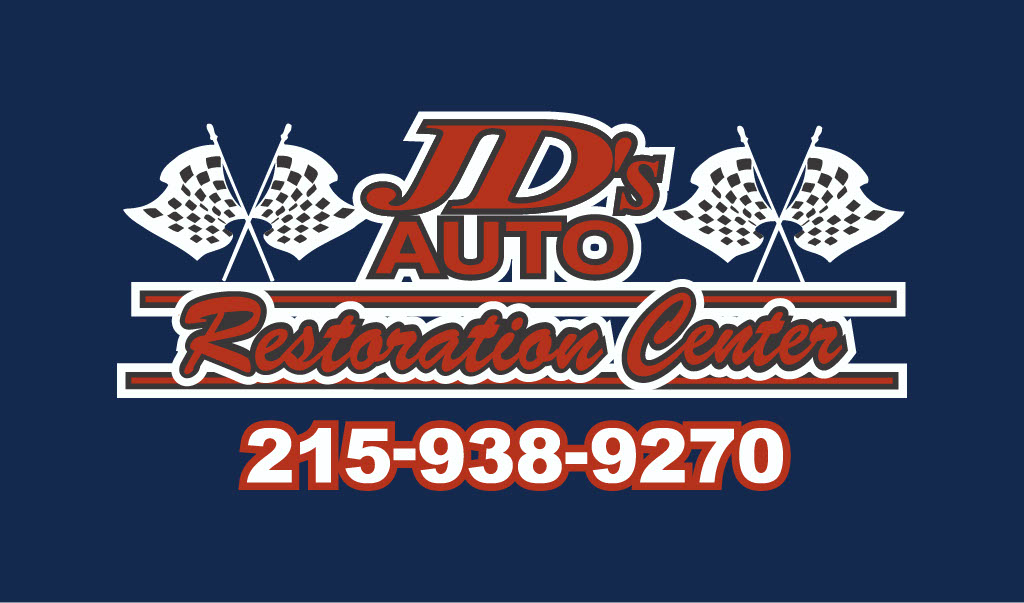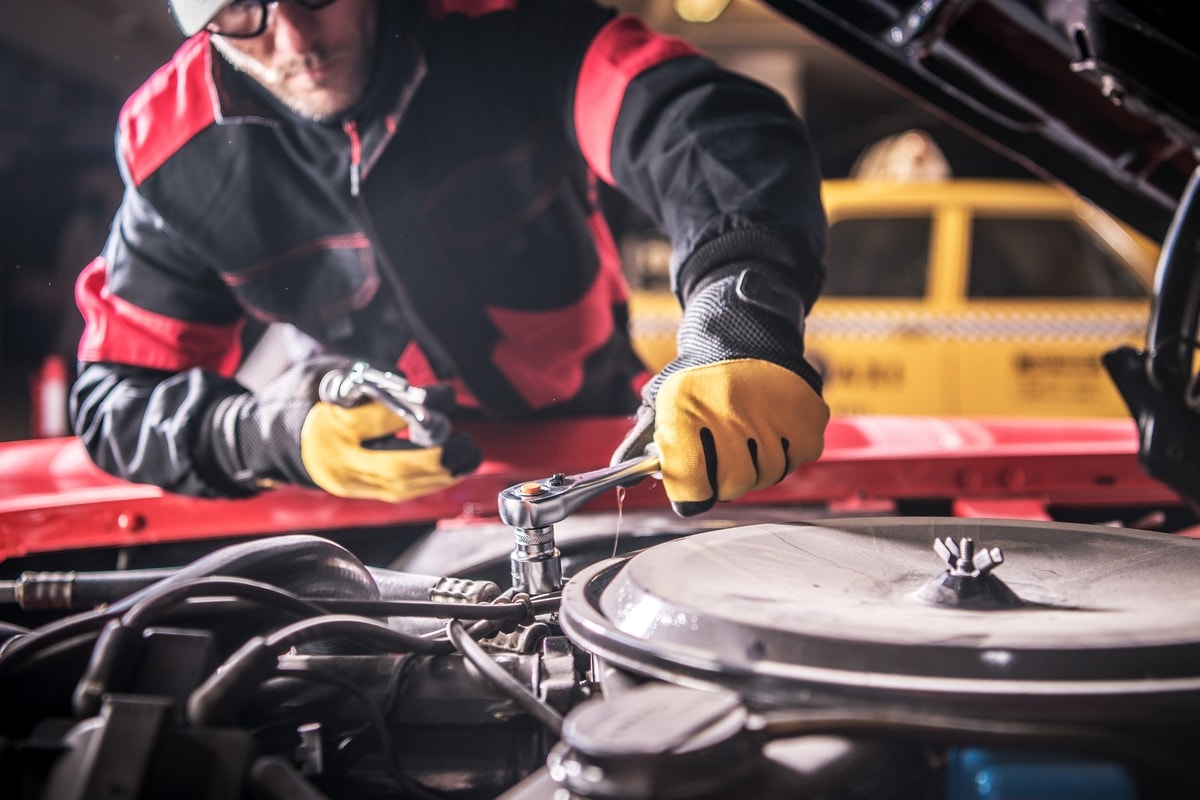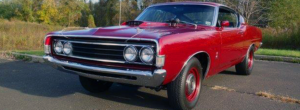Restoring a classic car can be one of the most fulfilling activities out there—especially if you’re a gearhead looking for something new to do. There are, however, some fundamental things you absolutely need to know and should not ignore when restoring a classic car. Here at JD’s Auto Repair, we thought we’d give you some valuable guidance on these points.
Finding a suitable vehicle
You may have an idea in mind of which car you’d like to restore, but if not, there are certainly some things you need to think about. Firstly, how easy is it to get parts for the car you’re planning to restore? Rarer vehicles are much harder to find parts for, so it will cost you more if you need to have them custom made. If you’re looking for a project that’s not going to blow the bank, maybe opt for something that you know you’ll be able to find parts for such as a ’68 Mustang or a ’70 Charger. Secondly, you should think about what condition the car you’re restoring is in when you start. If you’re inexperienced, it’s best to start off with something that isn’t just a rusted-out shell.
What kind of restoration do you want to do?
Do you plan to drive the car in your spare time or are you planning to take it to shows? Is this car intended for the track or everyday street driving? Answering these questions will help you know exactly what kind of restoration you need to do. If you’re restoring the car for street driving, your effort is going to go into making the vehicle durable and safe, if it’s for track driving, you’ll want to think about the engine you plan to install. If you’re thinking about restoring a car to tour shows, you’ll need to take more consideration over the aesthetic fixtures and paint job.
Safety first
Safety measures have changed since the era of the great classic car and for good reason. Nowadays, many more people survive car crashes than in the past, and this is largely thanks to safety features such as seatbelts, good quality brakes, airbags, and crumple technology that absorbs the impact of a collision. While it may not be possible to add all of these to your vehicle, it’s certainly worth investing in as much as possible to keep you and your passengers safe.
Know your skillset
Are you a fully-fledged auto expert? Or is this your first time attempting something of this magnitude? You must know what level your skillset is at before starting. Where do you need to brush up? Where are you going to need help? It’s never a problem to ask for professional help—here at JD’s Auto Repair, we’d be more than happy to help with any queries or particularly complex jobs—but make sure you don’t overstretch your skillset or you may be putting yourself and others in danger.
There will be setbacks
Even professionals that have restored over 100 vehicles experience setbacks—the difference is, they expect to experience them. As a rule of thumb, you should budget for an extra 20% of both time and cost to your restoration project for unexpected setbacks. But, don’t be discouraged! Setbacks are what makes this type of project a challenge, and without them, just about anyone would be able to restore a vehicle—which is certainly not the case!
If you’re embarking on a car restoration journey, make sure you take on these 5 tips that you don’t want to ignore. They’re essential for ensuring your project goes as smoothly as possible. If you have any problems or simply need some expert advice, just ask! Just contact us here at JD’s Auto Repair and we’d be happy to help.




